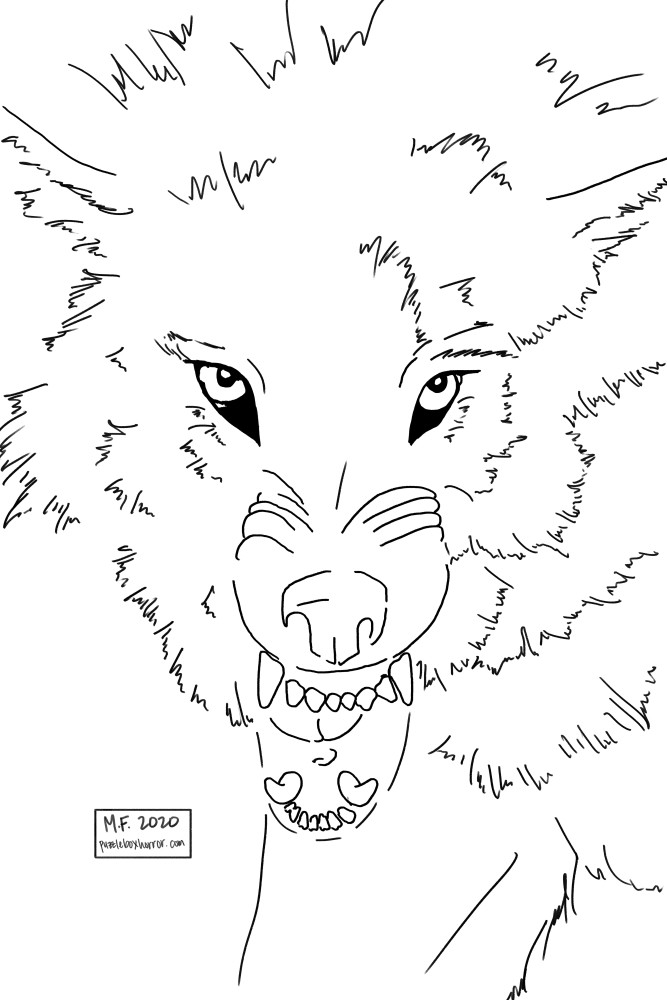
Date of Discovery
Discovered by Europeans during the late nineteenth century, 1888 to be exact when ethnological studies were being performed across the far northern reaches of North America and Greenland.
Name
Known as the Adlet (ah-dlit), also known as the Erqigdlet (urk-kig-dlit) in Greenland.
Comparable to the well-known werewolf of popular culture.
Physical Description
Even though the Adlet is considered a close cousin to the werewolf, there are certain differences that are apparent through the stories that were passed down through generations of oral storytelling. The Adlet is a half-man, half-wolf hybrid that has razor-sharp teeth, a pronounced canine snout, pointy ears, piercing yellow or red eyes, a wolf-like tail, and rusty red fur.
Origin
The Adlet comes from the oral culture of the indigenous people of the arctic circle, Greenland, and Canada–the Inuit people in particular, but it is shared amongst many of the different indigenous people of the area. The Adlet is not a shapeshifter, nor does the moon have any effect on it. As the lore goes, the Adlet is the product of the unnatural mating between an Inuit woman and a dog/wolf. The woman birthed a litter of ten, five were full dogs and the other five were the half-human, half-canine monsters that became known as Adlets.
Mythology and Lore
The following is the story of the Adlet, which came from an oral tradition–recorded by ethnologists that were researching the traditions of the arctic circle.
Uinigumissuitoq married a dog. One night she was found outside the hut sleeping with the dog. She gave birth to ten children, one half of them dogs, the other Adlet. The children grew up. Every time their grandfather had got a seal, he loaded it upon his kayak and carried it to them. His grandchildren were very voracious. Therefore, he selected an island for their place of abode and carried them over there, his daughter, the dog, and the children.
Their father, the dog, swam every day to the old man’s hut to fetch meat in a pair of boots which he had hung around his neck. One day the grandfather filled them with stones instead of meat and thus drowned the dog. When he was drowned their grandfather continued to send them food.
The mother, however, said to her children, “Watch your grandfather, when he goes out in his kayak, and attack him!” They killed him. Then she searched for her children, and after having cut a sole for herself, she transformed it quickly into a boat, in which she ordered them to travel across the ocean. She sang, “Angnaijaja. When you have arrived on the other side, you will make many little things. Angnaija.”
Excerpt from Journal of American Folklore v. 1-2 (1888-1889): Eskimo Tales and Songs
Is there anything we missed about the Adlet? Let us know in the comments section below!

Georgia-based author and artist, Mary has been a horror aficionado since the mid-2000s. Originally a hobby artist and writer, she found her niche in the horror industry in late 2019 and hasn’t looked back since. Mary’s evolution into a horror expert allowed her to express herself truly for the first time in her life. Now, she prides herself on indulging in the stuff of nightmares.
Mary also moonlights as a content creator across multiple social media platforms—breaking down horror tropes on YouTube, as well as playing horror games and broadcasting live digital art sessions on Twitch.

